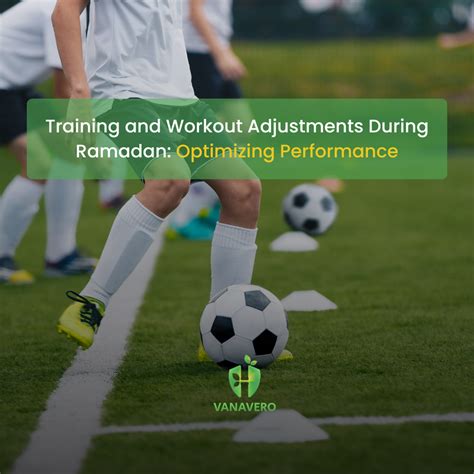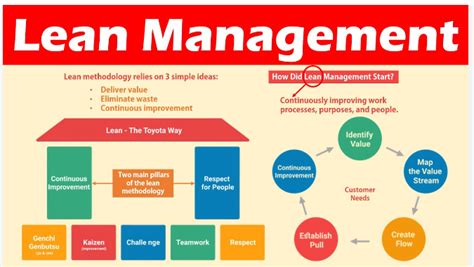How to optimize workout intensity for maximum strength & lean muscle gains?

The Crucial Role of Workout Intensity
Many aspiring lifters focus solely on the amount of weight they lift, but true progress in strength and lean muscle gains hinges on optimizing workout intensity. Intensity isn’t just about ‘how heavy’ but ‘how hard’ you work relative to your capabilities, ensuring you provide sufficient stimulus for adaptation without overtraining. Mastering this balance is key to unlocking your full potential in the gym.

Understanding and Measuring Intensity
Workout intensity is multifaceted, encompassing various factors beyond just the load on the bar. To effectively optimize it, we need reliable ways to measure it:
Rate of Perceived Exertion (RPE)
RPE is a subjective scale from 1 to 10, where 1 is minimal effort and 10 is maximal effort (you couldn’t do another rep). An RPE of 7-9 is often ideal for strength and hypertrophy, indicating a challenging set where a few reps might still be possible, but not many.
Reps in Reserve (RIR)
Closely related to RPE, RIR refers to the number of additional reps you could have performed with good form at the end of a set. For example, 2 RIR means you could have done two more reps. Aiming for 1-3 RIR is typically optimal for growth and strength development.
Percentage of One-Rep Max (%1RM)
This objective measure is common in strength training. Lifting 80-90% of your 1RM is high intensity, typically for fewer reps. While useful, it requires knowing your 1RM and doesn’t account for daily fluctuations in strength or fatigue.

The Cornerstone: Progressive Overload
No matter your intensity strategy, the principle of progressive overload is non-negotiable for continuous gains. It means continually challenging your muscles by gradually increasing the demands placed upon them over time. Without it, your body has no reason to adapt and grow stronger or larger.
Methods of Progressive Overload:
- Increase Weight: The most common method.
- Increase Reps: Perform more repetitions with the same weight.
- Increase Sets: Add more working sets.
- Increase Frequency: Train a muscle group more often.
- Improve Form: Lift the same weight with better, more controlled technique.
- Decrease Rest Times: Perform the same work in less time (increases density).
- Increase Time Under Tension: Slow down the eccentric (lowering) phase of a lift.

Optimizing Intensity for Maximum Strength
To maximize pure strength, your training should generally involve:
- Higher Loads: Work primarily in the 75-95% of 1RM range.
- Lower Reps: Typically 1-6 reps per set.
- Longer Rest Intervals: 2-5 minutes between sets to allow for full recovery of ATP stores.
- Compound Movements: Focus on exercises like squats, deadlifts, bench press, and overhead press, which recruit multiple muscle groups.
- Lower RIR/Higher RPE: Aim for 0-2 RIR (RPE 8-10) on your heaviest sets.

Optimizing Intensity for Lean Muscle (Hypertrophy)
For building lean muscle mass, the approach shifts slightly, emphasizing metabolic stress and muscle damage:
- Moderate Loads: Typically 60-85% of 1RM.
- Moderate-to-Higher Reps: Generally 6-12 reps per set, but sometimes up to 15-20 for isolation exercises.
- Moderate Rest Intervals: 60-120 seconds, creating more metabolic stress.
- Variety of Exercises: Incorporate both compound and isolation movements.
- Mind-Muscle Connection: Actively focusing on feeling the target muscle work.
- Moderate RIR/RPE: Aim for 1-3 RIR (RPE 7-9), ensuring sets are challenging but not to absolute failure every time.

Balancing Intensity with Volume and Recovery
Pushing intensity too hard, too often, without adequate volume and recovery, can lead to overtraining, plateaus, or injury. Finding your individual sweet spot is crucial:
- Listen to Your Body: Fatigue, persistent soreness, mood changes, and declining performance are all signs you might need to back off.
- Periodization: Vary your intensity and volume over time, including deload weeks where you intentionally reduce the load or volume to aid recovery and prevent burnout.
- Adequate Nutrition: Fuel your body with sufficient protein, carbohydrates, and healthy fats to support recovery and growth.
- Quality Sleep: This is when most of your physical repair and hormonal regulation happens. Aim for 7-9 hours per night.
Putting It All Together: A Practical Approach
To optimize your workouts for maximum strength and lean muscle gains, integrate these principles into a coherent plan:
- Set Clear Goals: Are you primarily chasing strength, hypertrophy, or a balance of both? This will dictate your rep ranges and load percentages.
- Track Your Workouts: Log your weights, reps, sets, and RPE/RIR to ensure progressive overload is happening.
- Prioritize Compound Movements: These provide the biggest bang for your buck in terms of muscle activation and systemic stimulus.
- Incorporate Deloads: Plan for a lighter week every 4-8 weeks to allow your body and central nervous system to recover.
- Adjust as Needed: Your body isn’t a machine. Some days you’ll feel stronger, others weaker. Be prepared to adjust your intensity based on how you feel.
Conclusion
Optimizing workout intensity is an art and a science. By understanding how to measure intensity using tools like RPE and RIR, consistently applying progressive overload, and balancing your training with adequate recovery, you can create a highly effective program that continuously drives strength increases and lean muscle development. Remember, consistent, smart effort over time yields the greatest results.








